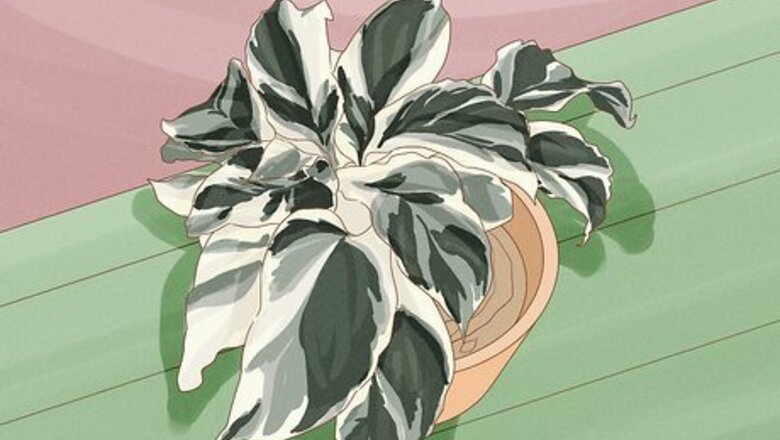
views
Plant Care
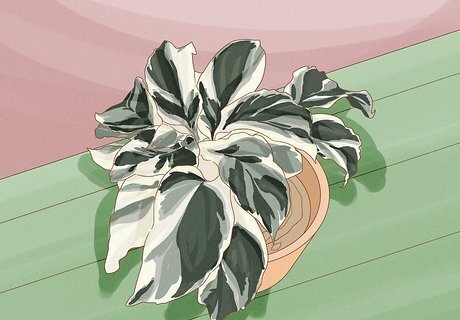
Keep the plant potted so you can move it around. Variegated plants are sensitive to light and temperature changes, so leaving them in the same spot could make preserving the variegation harder. It’s much better to leave the plant in a pot that you can pick up and move around. This way, you can relocate the plant if it starts losing variegation. It’s overall easier to maintain variegation if you leave the plant indoors so you can control the temperature and sunlight. You can still put variegated plants outside, but leave them in the pot instead of planting them in the ground. This way, you can move them inside if you have to. Repot your plant every 6 months or any time you see long roots coming out from the bottom of the planter. However, avoid trimming the roots because you might kill the plant.
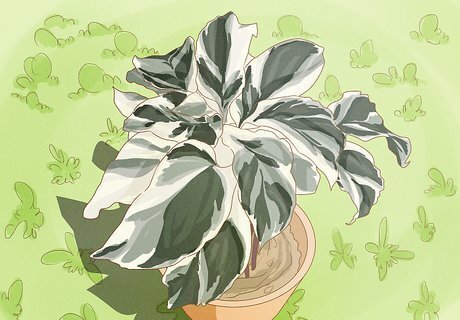
Place the plant in full sun to encourage variegation. Variegated plants need more sun than solid green plants because they don’t have as much chlorophyll to absorb sunlight. If you’re growing a variegated plant, leave it near a sunny window or a bright spot on your property so it absorbs enough sun to stay healthy. Lack of sunlight is a major reason that plants lose variegation, so keeping your plant in a sunny spot is also an important way to preserve variegation. Most variegated plants will still grow just fine in partial shade. However, they might lose variegation without full sun.
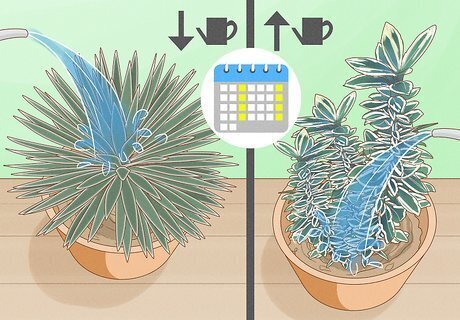
Water the plant on its recommended schedule. Watering correctly can be tricky. On the one hand, plants need enough water to stay healthy and build chlorophyll. On the other, waterlogged plants will overproduce chlorophyll and lose variegation. The best thing to do is look up the recommended watering schedule for the plant type and stick with that to preserve its variegation. There is a lot of variation in watering requirements for different plants. Agave plants, for example, are very hearty and don't need much water, whereas a euonymus needs to be watered as much as twice a week. That’s why it’s best to water your plant according to its recommended schedule, especially if you want to preserve the variegation. If you start seeing brown spots on the leaves, it could mean that they're dehydrated. You may need to water the plants more frequently.
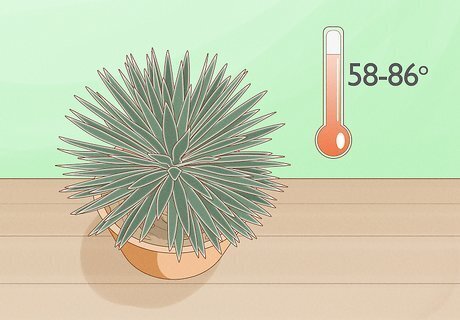
Maintain a consistent temperature where the plant is. Quick temperature snaps, both cold and hot, can shock the plant and cause a loss of variegation. Keep your plant in a spot where the temperature is consistent and avoid large swings. This should prevent the plant from losing variegation. While the ideal temperature depends on the plant, most indoor plants will grow well at 58–86 °F (14–30 °C). For variegation, consistency in temperature is more important than the specific temperature. It’s much easier to control the temperature for indoor plants than outdoor ones. If there is a cold or hot snap coming, it might help to move outdoor plants inside so they don’t get shocked.
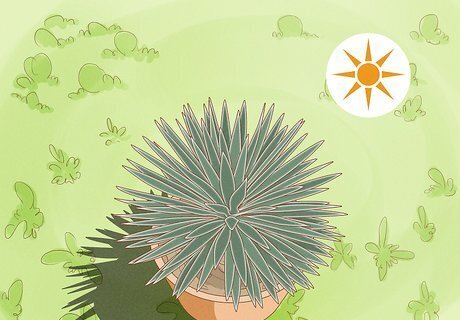
Bring your plants outside in the summer if you want to display them. Variegated plants make great houseplants, but that doesn't mean you have to keep them cooped up. As long as it's warm and sunny outside, most variegated plants can grow outside just fine. Bring them outside during the summer months to decorate your property if you want to. If you notice the variegation fading on your plants, move them back inside where you can control the environment. Pay attention to any cold snaps that might come and make sure you bring the plants back inside so they don't get shocked. Slugs and snails like hostas, particularly, so it's best to keep these inside or monitor them regularly for any bugs.
Reviving Variegation
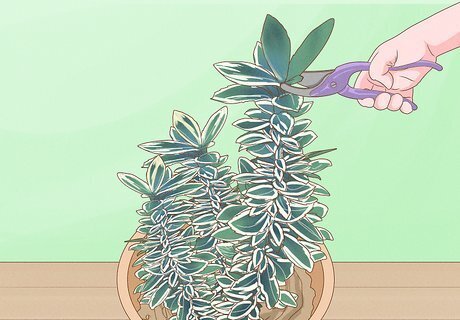
Prune the non-variegated leaves so they don't overgrow the other leaves. Since non-variegated leaves have more chlorophyll than variegated ones, they can grow quickly and overtake your plant. If your plant starts developing non-variegated leaves, clip them off. Find a node, which is the slightly thicker part of the branch, and clip the branch just above it. Repeat this to remove any non-variegated leaves. Use a sharp pair of gardening shears so you don’t damage the plant. If you want to grow more plants, save the clippings to propagate. Remember that the new plant might not be variegated if you grow it from a non-variegated leaf.

Move the plant to a sunnier spot if you have one. Lack of sunlight can cause a variegated plant to lose its variegation. If your plant’s variegation is fading, move it to a sunnier spot, like a different window that gets more sun. This can prevent further variegation loss and might restore the plant’s original variegation. If none of your windows get sunlight all day, move the plant around as the sun moves throughout the day. If you don’t live in a sunny area, then you could also try using artificial grow lights indoors so you can keep your plant healthy without sunlight. Sunlight is important because in the shade, the plant produces more chlorophyll to absorb as much sun as possible. This is why plants lose variegation if they don’t get enough sun.
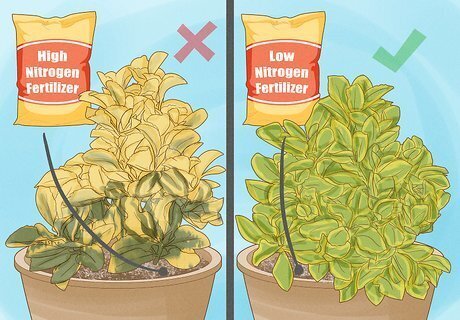
Switch to low-nitrogen fertilizer if you fertilize your plant. All plants need nitrogen, but too much nitrogen can cause an overgrowth of chlorophyll. This reduces the plant’s variegation. If you use a high-nitrogen fertilizer, try switching to a low-nitrogen type instead. This should keep chlorophyll under control. Different plants have different nitrogen requirements. Always check the ideal amount for your plant type before switching fertilizers.
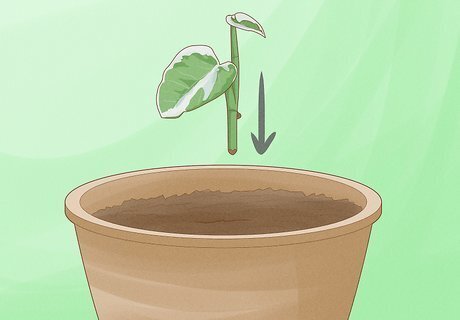
Propagate a new plant with a variegated leaf. Sometimes, variegation comes from a random gene mutation. In this case, only a variegated leaf can produce another variegated plant. If you’re trying to grow a new, variegated plant, clip off a variegated stem instead of a green one for propagating.












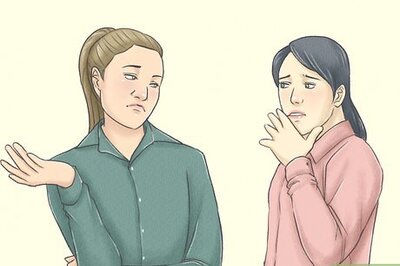






Comments
0 comment